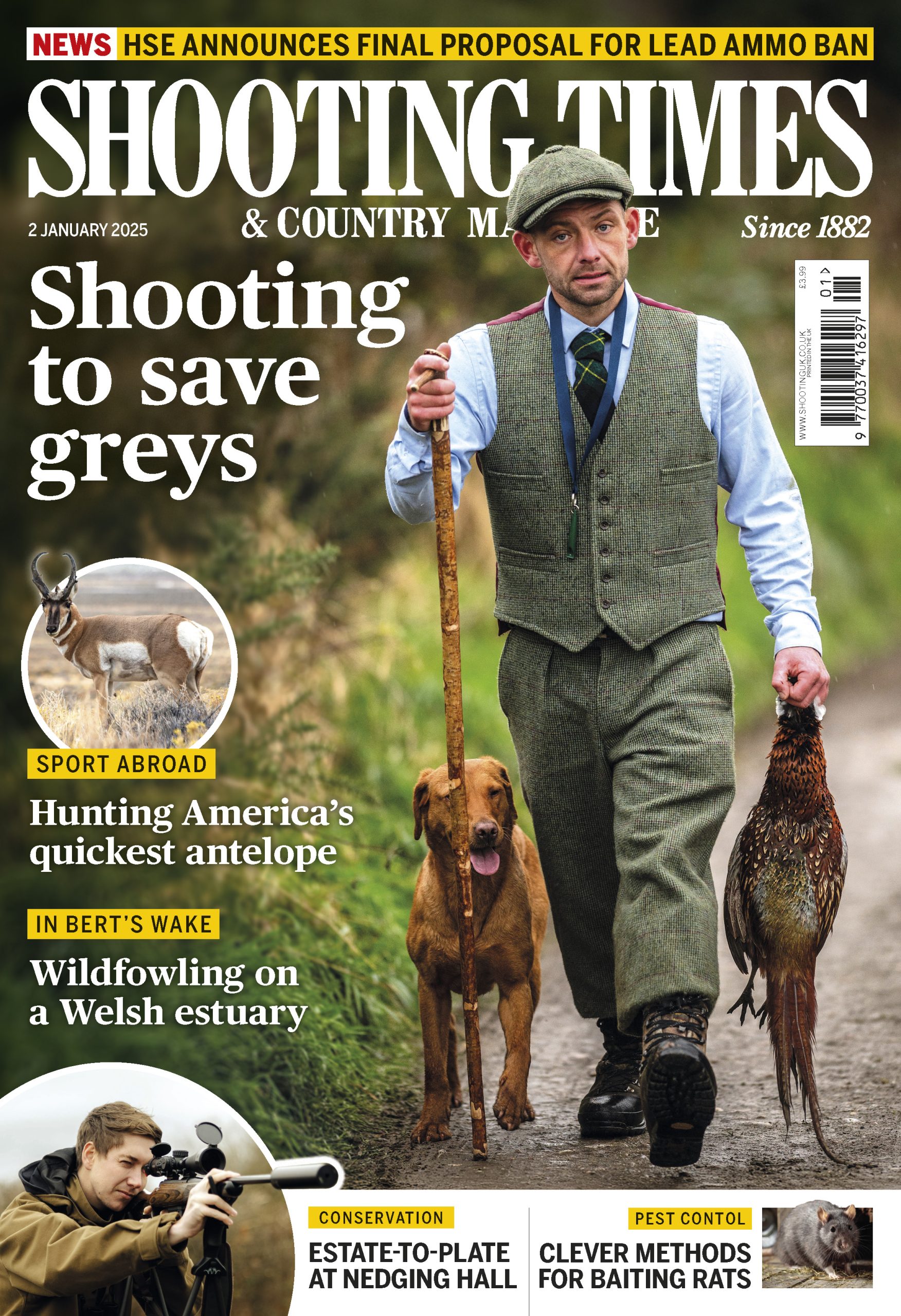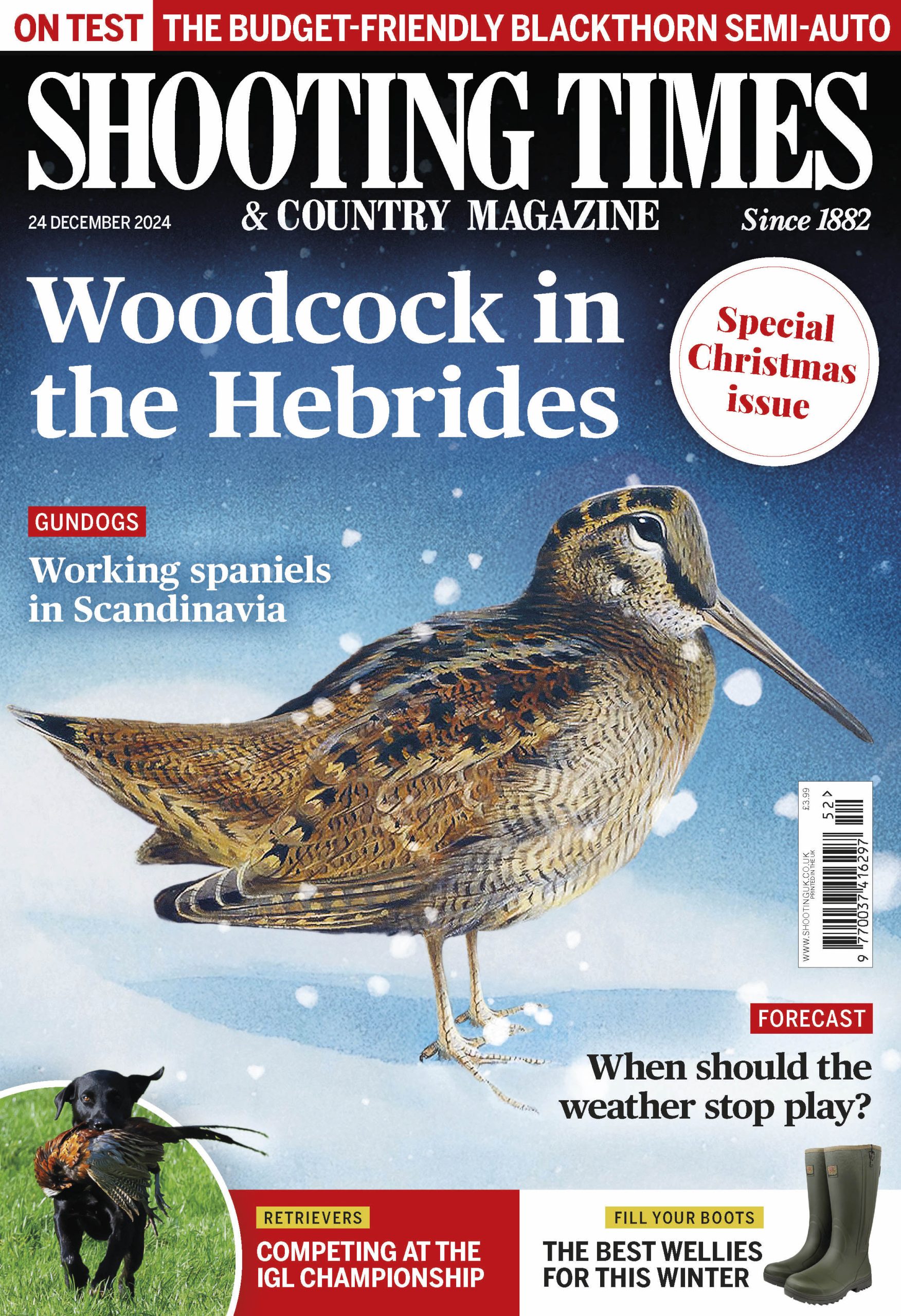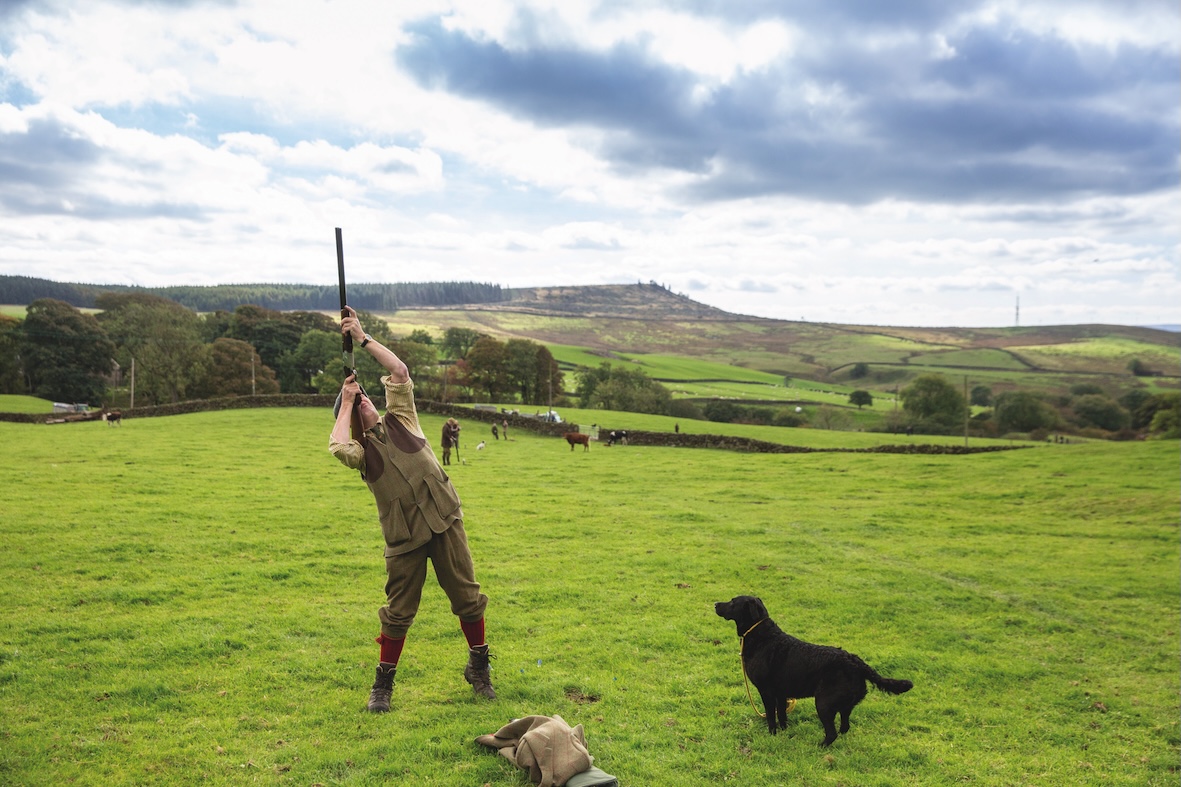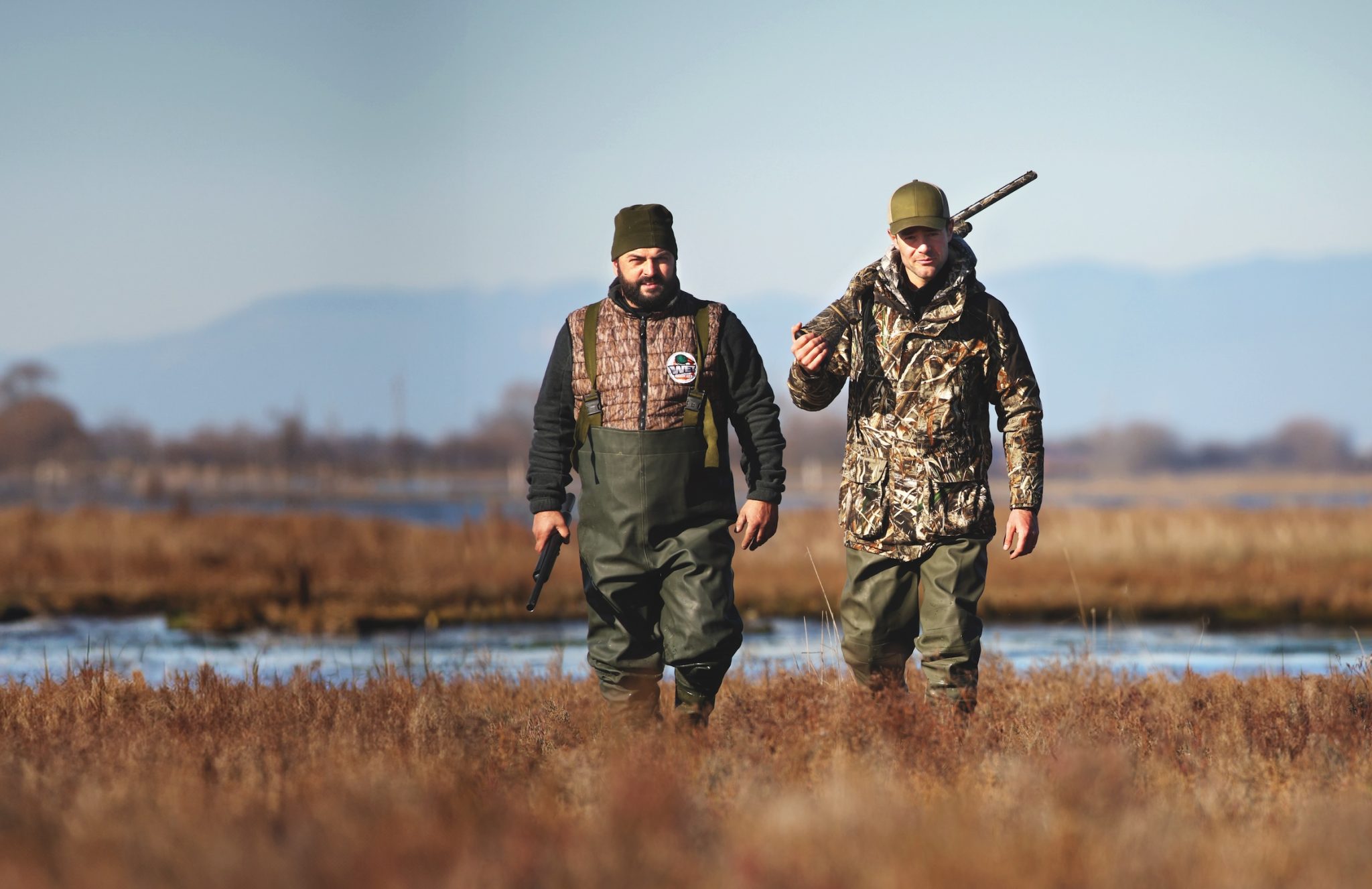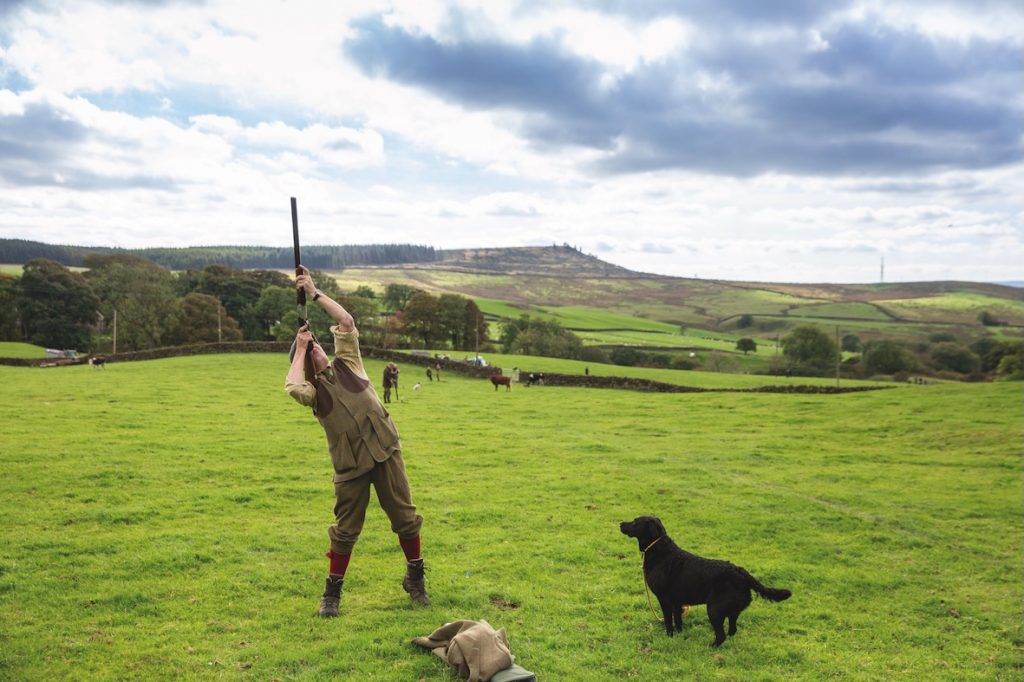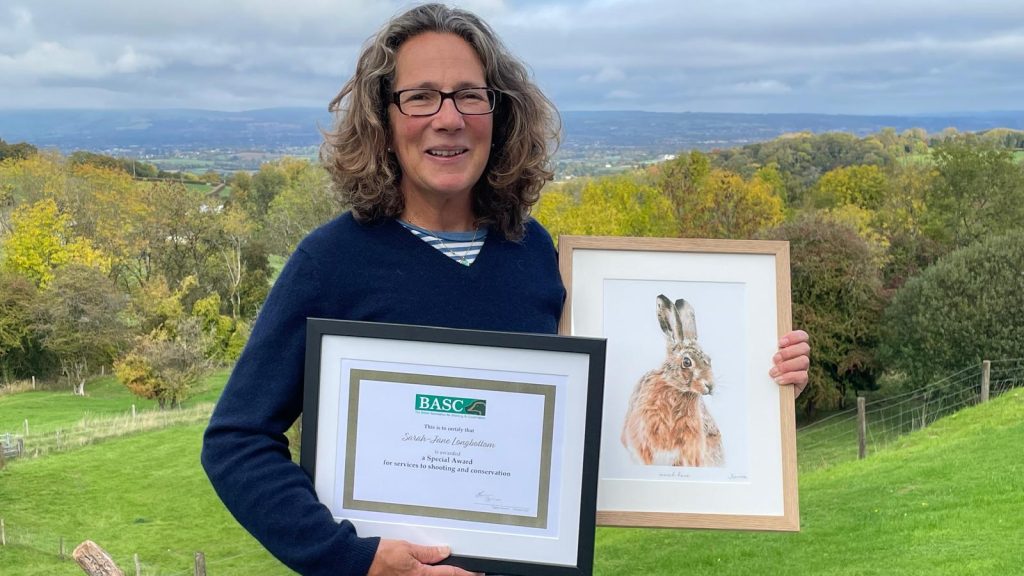Win CENS ProFlex DX5 earplugs worth £1,149 – enter here
Return of the osprey
<strong>Q) I read recently that the osprey was reintroduced to Scotland in the 1950s, but I have always believed that it re-established itself. What are the facts? P. DONALD By email</em>
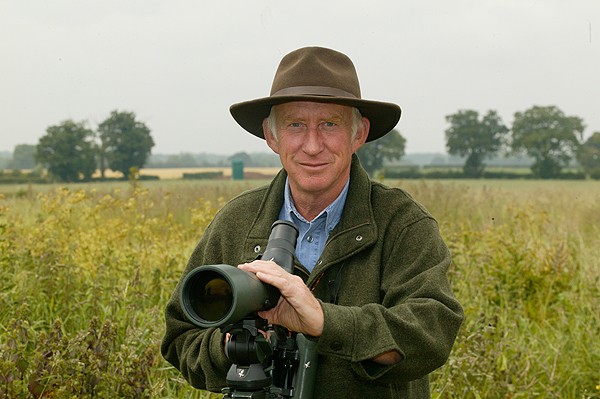
A) You are correct. The osprey ceased breeding in Scotland about 1916 as a result of years of persecution by shooting and the activities of egg collectors. After that, ospreys continued to be seen annually in the Highlands, but these were birds from the Scandinavian population. None of these birds attempted to nest until 1954, when two young were reared.
A pair may have bred in subsequent years, but the next recorded nesting was in 1958, when the nest was robbed despite a 24-hour guard.
Initially, the increase in numbers was slow. Between 1960 and 1964 there were only two pairs. This increased to 31 pairs some 20 years later. Today, more than 200 pairs nest in the Highlands, and most available territories are occupied each summer. Pairs spread naturally to the Lake District, but the breeding birds at Rutland Water were established as a result of the translocation and release of young birds from Scotland.
Related Articles
Get the latest news delivered direct to your door
Subscribe to Shooting Times & Country
Discover the ultimate companion for field sports enthusiasts with Shooting Times & Country Magazine, the UK’s leading weekly publication that has been at the forefront of shooting culture since 1882. Subscribers gain access to expert tips, comprehensive gear reviews, seasonal advice and a vibrant community of like-minded shooters.
Save on shop price when you subscribe with weekly issues featuring in-depth articles on gundog training, exclusive member offers and access to the digital back issue library. A Shooting Times & Country subscription is more than a magazine, don’t just read about the countryside; immerse yourself in its most authoritative and engaging publication.
